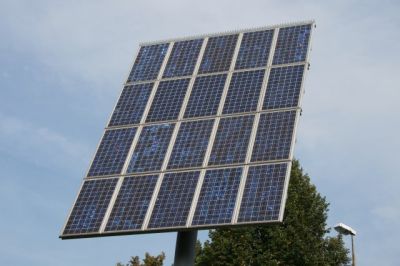Photovoltaic (PV)
devices can now be seen on rooftops and solar farms across Europe, yet
widespread implementation is hindered by costs and limits in efficiency.
The EU-funded project 'Nanomaterials and nanotechnology for advanced
photovoltaics' (NANOPV) addressed current bottlenecks in production with large-scale processes and equipment for production of PVs from nanomaterials.
The consortium studied a large variety of such materials, from
zero-dimensional quantum dots, nanocrystals and nanoparticles to 1D
nanowires and nanorods and even 2D ultra-thin nanolayers. In addition to
materials' development to enhance efficiency, scientists developed
cost-effective large-scale processes and equipment for integration into
existing pilot and industrial production lines.
Nanomaterials can significantly enhance efficiencies by making
better use of the electromagnetic spectrum, taking advantage of a
broader range of available wavelengths. A more than 20 % increase in
efficiency was targeted for wafer-based silicon devices and more than
15 % for thin-film silicon solar cells. Scientists also assessed
low-cost solar cells entirely from nanomaterials.
Researchers demonstrated impressive efficiencies using transparent
conducting oxide nanowires, silicon nanowires, and nanolayers with
embedded nanoparticles of either silicon or indium. The team designed
and fabricated solar cells based on the concepts.
Wafer-based silicon solar cells with efficiencies in excess of 20 %
have been produced using industrial equipment. Scientists defined
concepts for processing equipment chains for three of the most promising
solar cell concepts.
The team set a cost target of well below EUR 1 per Watt peak, where
one Watt peak is the maximum power output of a one-square-metre solar
panel at 25 degrees Celsius. A technological platform was developed
covering the complete fabrication process chain to fully exploit the
technology with cost-effective and high-throughput production. NANOPV
met its target cost thanks to cost-effective processing of
nanomaterials.
NANOPV has contributed to development of a safe and cost-effective
energy supply based on sustainable PV devices. Technologies will enhance
the competitive position of the EU in a market poised for a major
breakthrough.
 EN
EN  CS
CS DE
DE ES
ES FR
FR HU
HU IT
IT PL
PL PT
PT РУ
РУ SK
SK TR
TR УК
УК AR
AR 中文
中文







